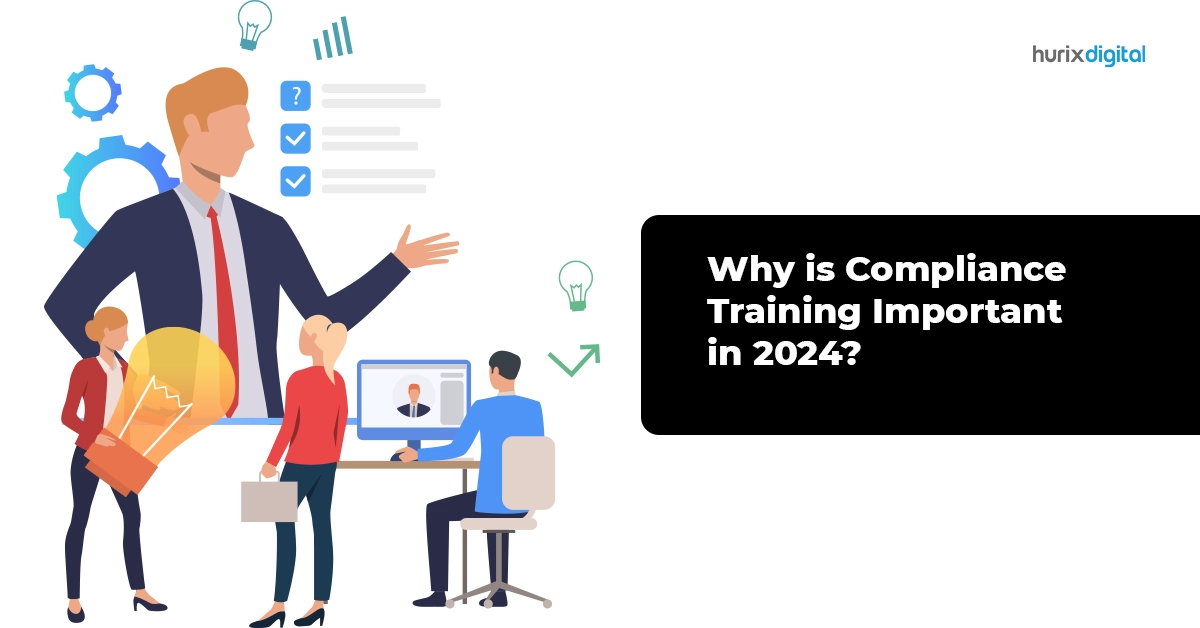For companies scaling their workforce, improving their customer service or expanding internationally, nothing facilitates change more effectively than an LMS. An LMS provides the perfect learning platform to manage, deliver and track computer-based training and learning for employees, students or customers. With an LMS you can develop personalized training, deploy it on a large scale, and diagnose areas for potential improvement.
However, the LMS market is saturated and you will be spoiled for choice. But keep in mind that no one size fits all. Although an LMS offers attractive training ROI, it does involve some level of initial investment. While choosing the best LMS it will depend upon your unique business needs, similar sized organizations do share some priorities. A mid-sized company should choose an LMS considering that it is scaling both in terms of business functions and additional workforce.
First, let us see why businesses require a Learning Management System.
Easy Access to Training Materials:
Employees can easily access the training materials from one centralized location. They no longer have to go through separate training decks, or worse, skimming through printed papers to find that one topic.
Simplifies the Onboarding Process:
Getting a new employee on board usually involves a lot of paperwork. After which, the employee is expected to go through an induction training to learn more about the company values, goals, rules and regulations. Using an LMS to deliver the induction training will help the employee to go through the courses at a convenient and comfortable pace.
Reduces Overall Training Costs:
By using an LMS, organizations can reduce their overall training expenditure. An LMS saves training costs by avoiding the need for an instructor, training facilities like classroom and other utilities, and also by reducing the use of printouts.
Improves Knowledge Retention:
An LMS, being a handy resource, can be accessed at any time. Employees can go through the training materials whenever they feel like they are in the best mind-frame to learn something new. This helps them retain the information in a much better way than forced knowledge in a time-bound classroom-based training.
Analyze Training Effectiveness:
Learning management systems are also quite useful in determining the effectiveness of the training. With analytic tools, these systems can provide a detailed insight about the progress of the employees. Managers can track if the employees are gaining value from the training.
Here are 5 things to consider while choosing the best LMS for a mid-sized company.
1.The Skill Set of Your In-House Team:
Many organizations make the mistake of choosing an LMS without considering the skillset of their employees and end up with a system or platform that is either too complex or lacks the advanced features they need. Evaluate your in-house team and choose the best LMS for your mid-sized organization which offers the right balance between a user-friendly platform and robust features.
2. Online Training Budget:
As with choosing an LMS for small companies, it is important to identify your online training budget. Apart from content development and maintenance, also factor in other hidden fees which you may inadvertently overlook. Cloud-based LMS systems generally include three different types of pricing plan based on users, functionality, and payment frequency. Instead of opting for all tools, identify and pay only for the features that you will actually use.
3. The Size of Your Workforce:
Since LMS solutions typically have different pricing for users, make sure to take this into consideration while choosing the best LMS for your mid-sized organization. Some platforms also limit the number of users so the servers don’t overload and slow down the training process. Look for responsiveness and multilingual support in case your workforce is located in different regions and geographies.
4. Future-Ready LMS:
Technology is constantly evolving and you may wish to look for learning management solutions that are in a continuous improvement cycle. Learn which features the LMS providers plan to release in the next quarter, year and two years.
5. Future Plans for Your Business:
Choosing any LMS for your current needs is a simple mistake that people often make. As your team grows, your needs and business functions too will grow. Make sure that the LMS you choose for your mid-sized company can factor in future growth and evolving market trends so that you can avoid unnecessary expenses later on.
Conclusion:
Regardless of the size of your business, the challenges you face when it comes to delivering effective, comprehensive, and ongoing training for your employees and your business can be daunting. There are many LMS solutions for all business sizes, many of which have been thoroughly vetted by companies. It is a good idea to study your competition.
Alternatively, you may also take advantage of free trials and demos to ensure the LMS tools live up to your expectations, and schedule follow-ups with vendors to guarantee you’re using the best LMS for your business. Here’s how to select the right vendor for your goals.
By following a methodical approach, you can avoid the loopholes and take full advantage of the services you’re paying for. While choosing a vendor, ask them about their experience, skill sets, qualifications, and background during the selection process.
Search online to see if there are any reviews for the LMS and the company, or any ratings that will give you a better idea of how they dealt with customers in the past. Ultimately those who have worked in your niche or industry will be ideal as they will have in-depth knowledge and expertise to help you effectively deliver content specific to your audience.











